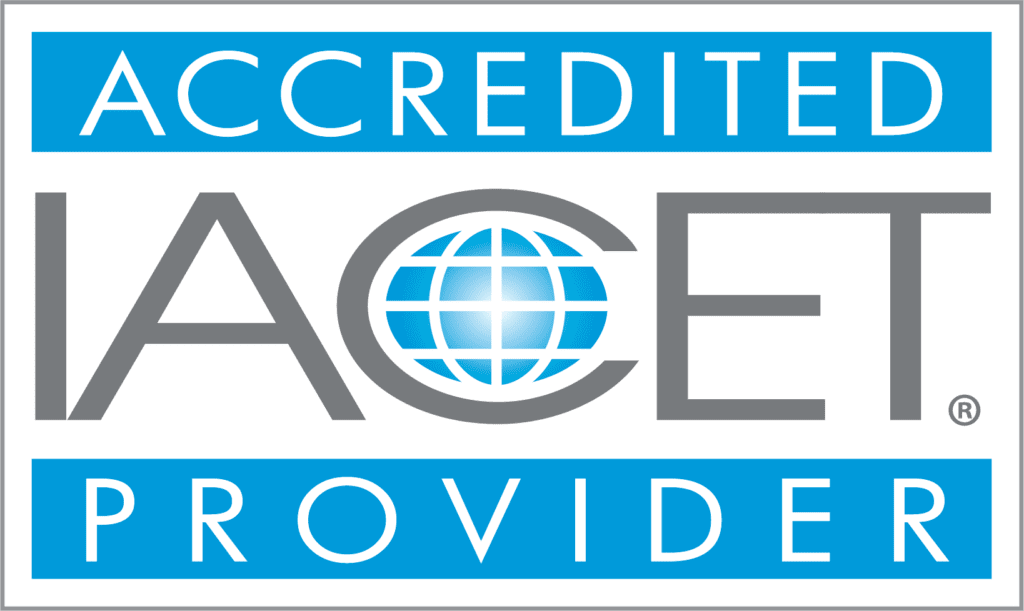Our most basic human needs include shelter, nourishment, and safety. Preschoolers rely on the adults in their lives, including parents and teachers, to meet these needs every day, and it can be a challenge! Especially in a hectic group setting like a classroom, you need to feel confident in your ability to maintain a safe and healthy environment for your students at all times.
You are uniquely positioned to teach little ones healthy habits that will stay with them for all of their lives. Just think, YOU impact how they think about food, moving their bodies, and staying healthy so lets learn some fun ways to teach them.

The affordable, practical ECE professional development courses we offer on health and safety fit your schedule and your needs. Each one will give you the right knowledge, skills, and strategies to keep students safe, healthy, and happy at school.
Habits and preferences for activity and food are established early in life.
As their teacher, your students spend many hours with you, so you have a big influence in these areas.
Because we’re adults we understand how important nutrition and exercise are to overall health. Even when we’d rather stay put in our chair or thumb our noses at the leafy greens, we know it’s worth it to make healthy choices. That’s because staying active feels good and eating nutritious foods builds strong bodies.
Preschoolers don’t quite see it that way. They usually need regular encouragement to make healthy choices, and can be quite stubborn about likes and dislikes.
We get it – it can be downright frustrating to motivate little ones over and over, especially if you feel like you’re out of ideas.
In this course, you’ll learn practical skills and strategies along with the theory behind them. Topics include the importance of incorporating movement through the day, both indoors and outdoors, how to support a growth mindset by trying new foods, and the factors that contribute to childhood obesity.
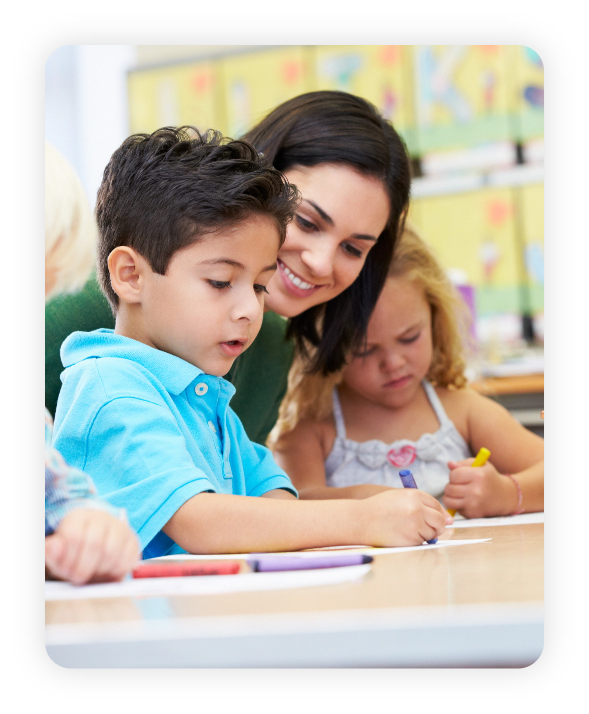
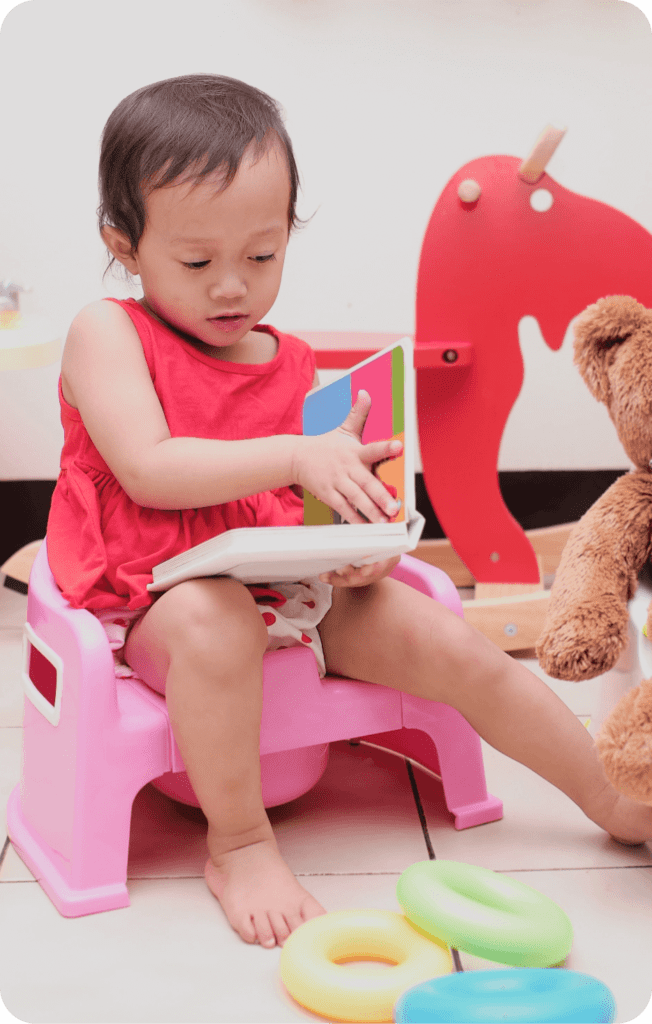
It’s probably not your favorite topic, but it can’t be avoided: diapering and potty training. During this multi-year phase of development we often think of the most obvious health and cleanliness aspects first. But there’s more to the story.
Consider that the few minutes spent individually with a child during diapering or early potty training, day after day, build into a trusting relationship. Your students learn they can rely on you to care for them and keep them clean and comfortable. It’s actually a good opportunity to chat and learn more about each child.
Then there’s potty training. Communication between children and teachers, and between teachers and parents is critical to success and positive feelings during this complex time.

Juggling these very personal physical and emotional needs of preschoolers while managing your classroom is tough too. How exactly do you clean up a germy mess or assist a student with a quick post-accident outfit change while also keeping the rest of your students safe and occupied?
This course addresses diapering and potty training from multiple angles including cleanliness, social-emotional development, and more. You’ll get the theory as well as skills and strategies you can put to use immediately.
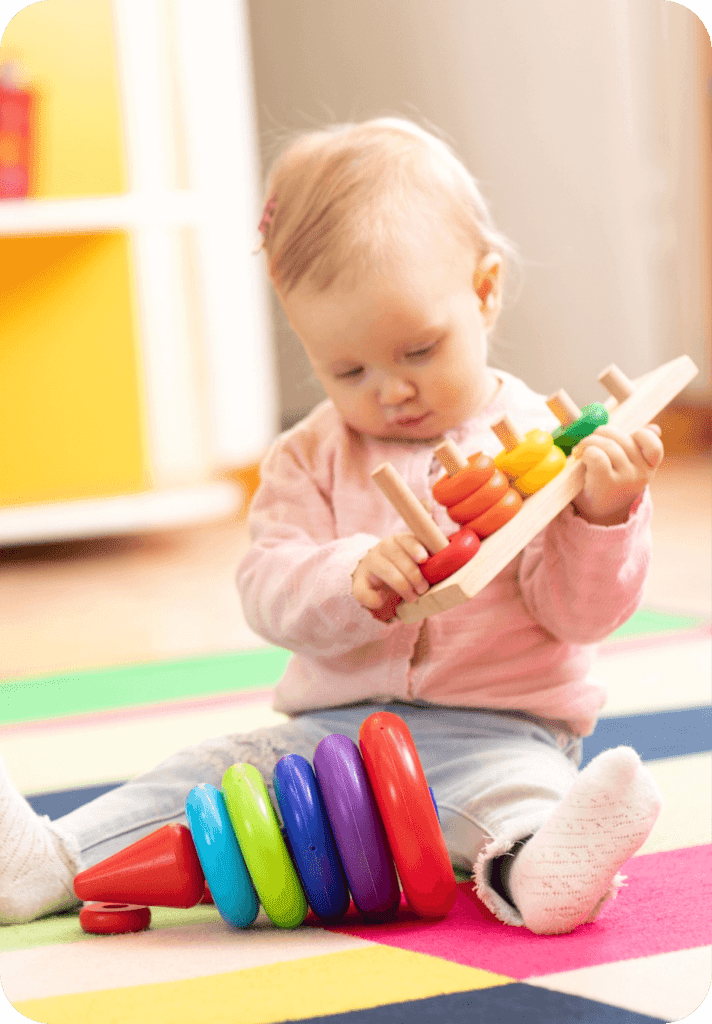
Sometimes the tiniest children in our care have the biggest needs! Working with infants is entirely different than older preschoolers and toddlers. Whether you are experienced with infants or expanding your knowledge base, this course provides everything you need to know.
You’ll learn the details of creating a healthy and safe learning environment for your little ones including:
Eliminating safety risks from clutter and other potentially dangerous items in the classroom
Safe sleep practices
Nutrition and feeding
Providing comfort to a crying infant
Developing effective communication with parents of infants
In addition to these basics, this course covers ideas for creating a stimulating and fun environment for babies that’s safe for them to explore from tummy time to crawling to first steps.
This time in a child’s life goes quickly, so the time to prepare is now!
Research shows that 26% of children will experience some type of trauma before the age of 4.
Trauma informed care means the teacher aims to empower students who have experienced trauma and helps them feel safe in their school environment to learn and grow freely. By the end of this training you will be able to:
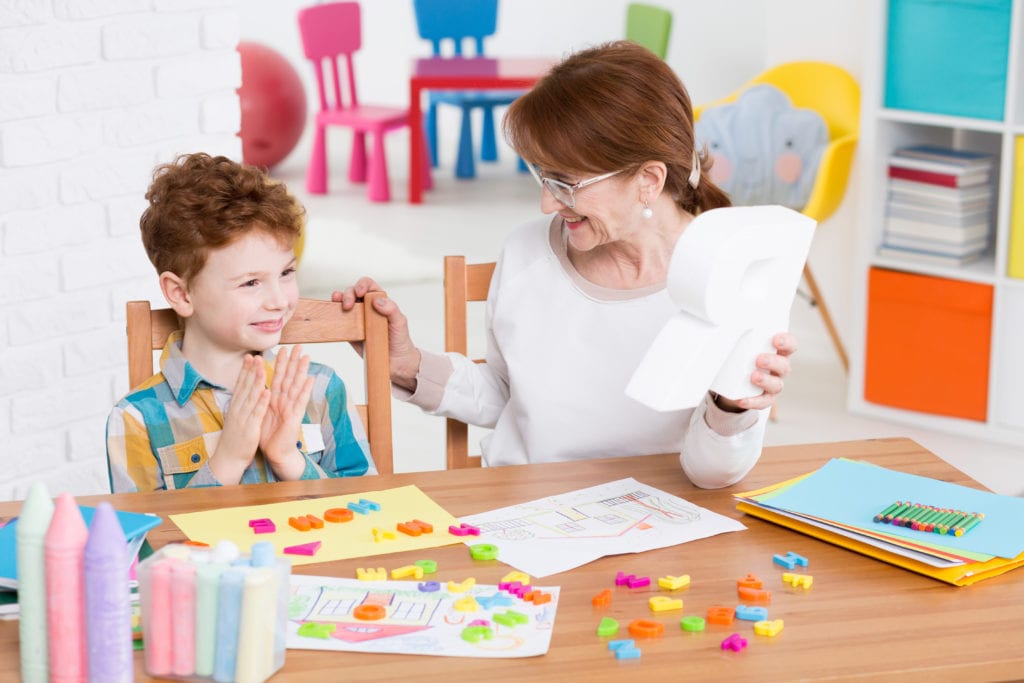
All of our courses balance theory and concepts with practical tips and strategies. As a result, you’ll understand all of your options, know how to implement them effectively, and be able to pick the right one for the situation. And that makes you a valuable resource for your students and your school.
You deserve a classroom that’s as safe and healthful as it is creative and fun! Take the first step by viewing our free video demo, then select your first course today!

Browse our catalog of teacher-created courses or contact us today!
